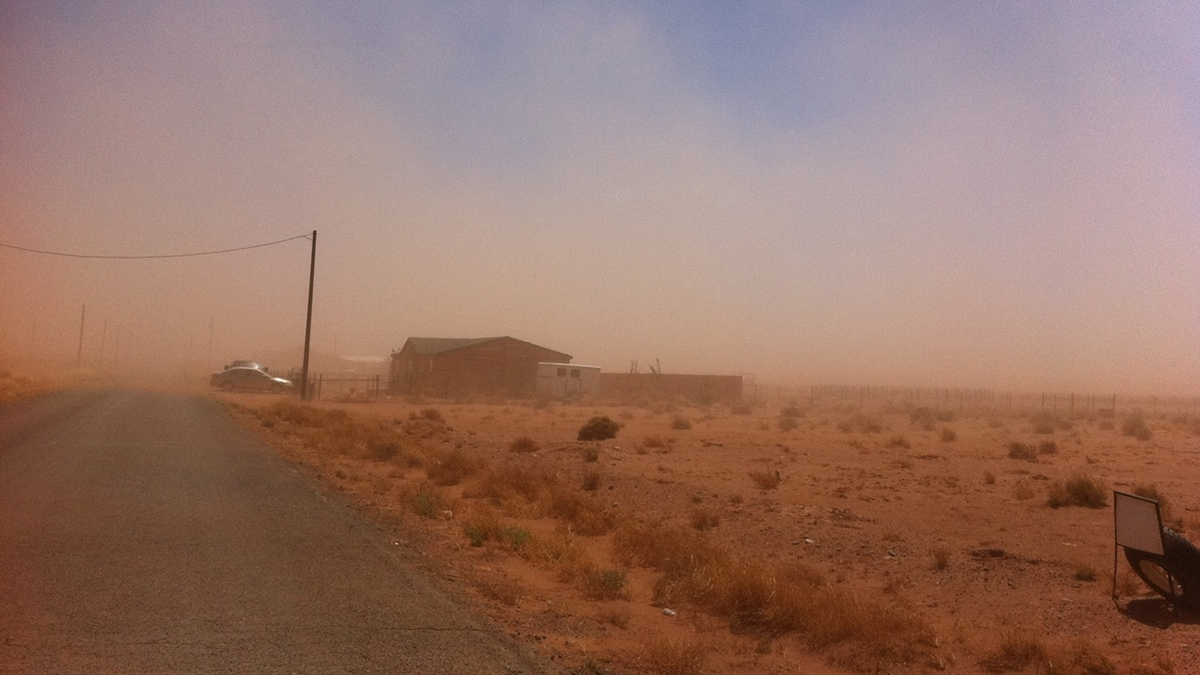Editors’ Highlights are summaries of recent papers by AGU’s journal editors.
Source: GeoHealth
Dust is an important and complex component of the atmospheric system, having significant impacts on the environment, climate, air quality, and human health. Yet, dust events are underestimated and therefore do not receive the level of attention necessary to fully understand their impacts. Recent studies suggest that dust loading will increase due to climate change but, without additional data, we are limited in our ability to fully characterize its impacts on air quality and therefore on health. The current array of monitoring stations are sparse in dust-influenced regions; there is a lack of consistency in dust definitions and sampling methods, and there is a lack of continuous monitoring, which results in missed dust events or underestimations of their particle concentration.
In a new commentary, Ardon-Dryer et al. [2023] highlight the need for additional monitoring designed to measure dust so that we can more fully understand its impacts. The authors call for an enhanced monitoring network with additional monitors that sample more frequently, especially in dust-influenced regions. Consistent measurements of particle size and composition would also help characterize the environmental, climate, and human health impacts of dust events.
Because these additions are likely cost prohibitive, the development and deployment of low-cost sensors that can accurately measure coarse particulate matter concentrations during dust events may be a path forward to help understand the true impacts of dust on air quality in the United States.
Citation: Ardon-Dryer, K., Clifford, K. R., & Hand, J. L. (2023). Dust under the radar: Rethinking how to evaluate the impacts of dust events on air quality in the United States. GeoHealth, 7, e2023GH000953. https://doi.org/10.1029/2023GH000953
—Gabriel Filippelli, former Editor in Chief, GeoHealth


